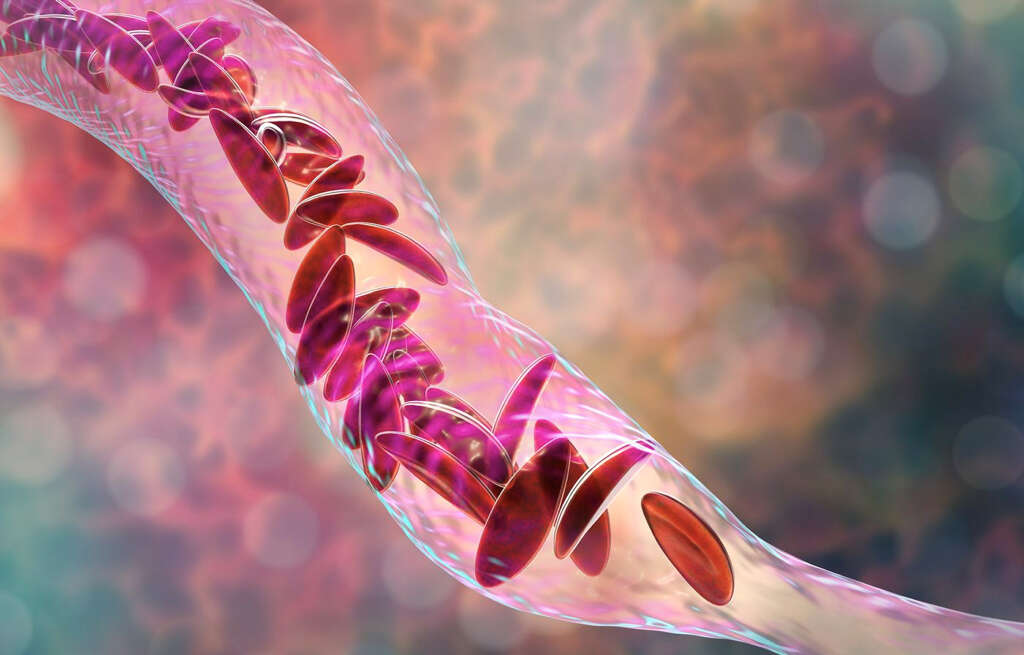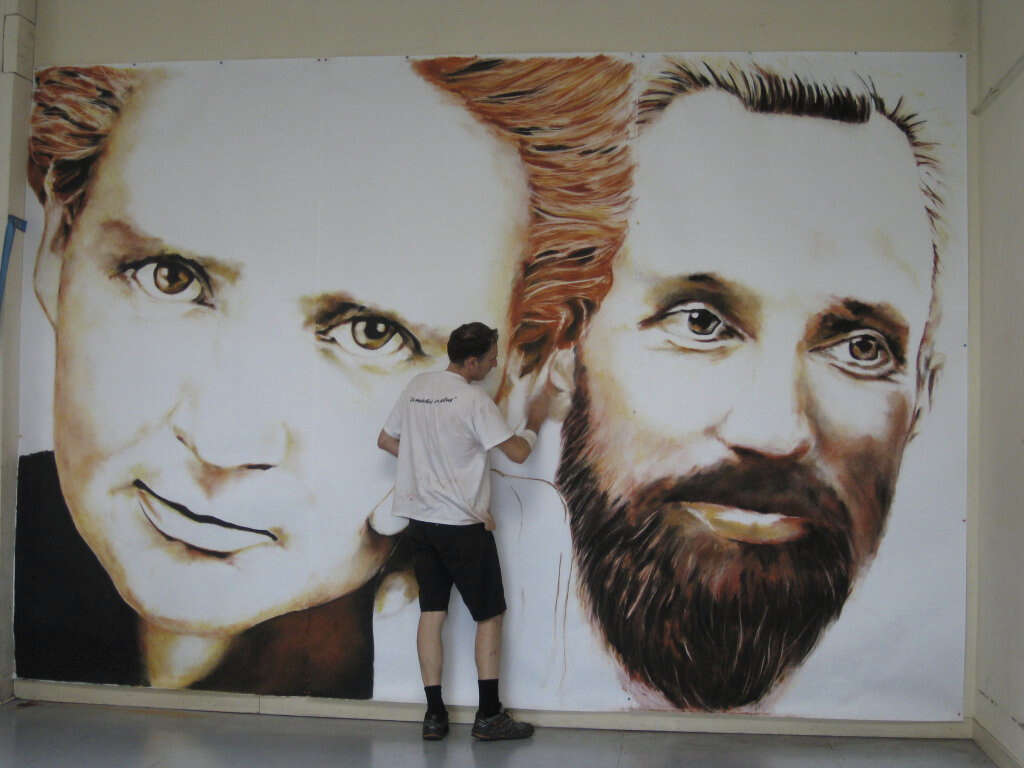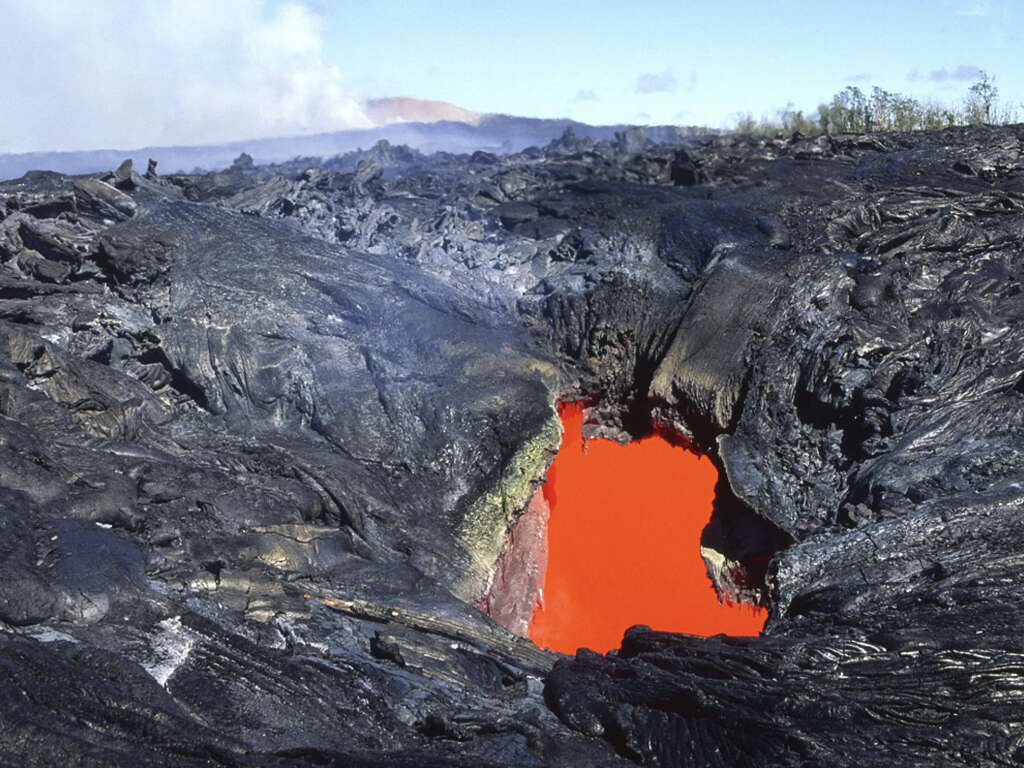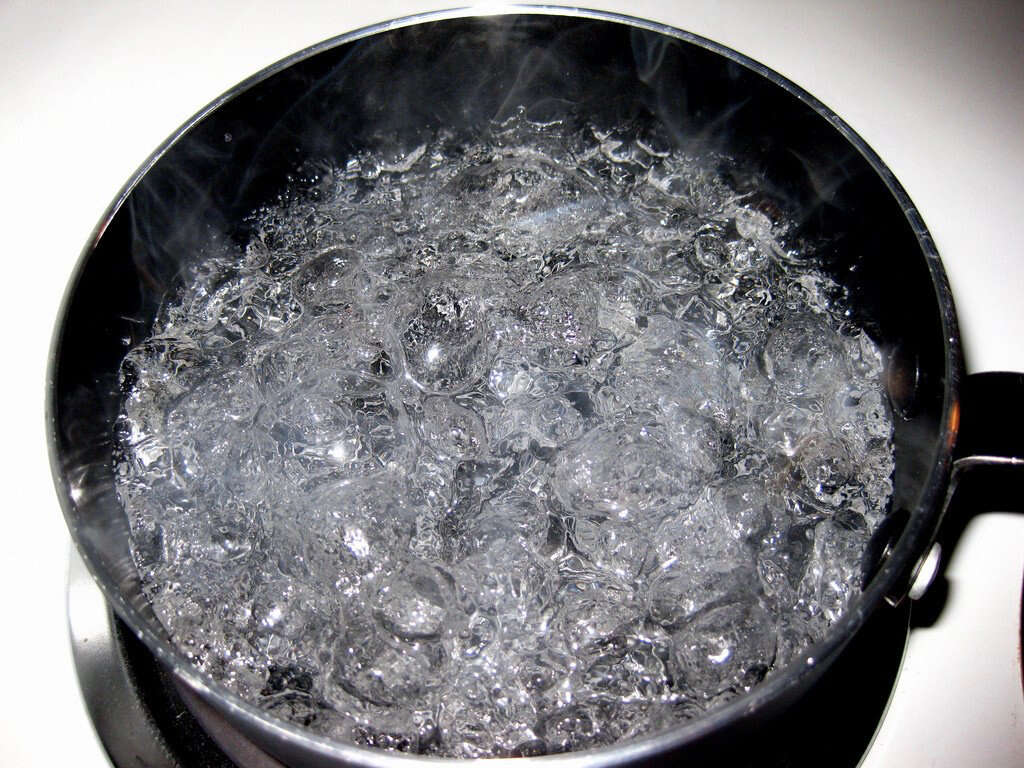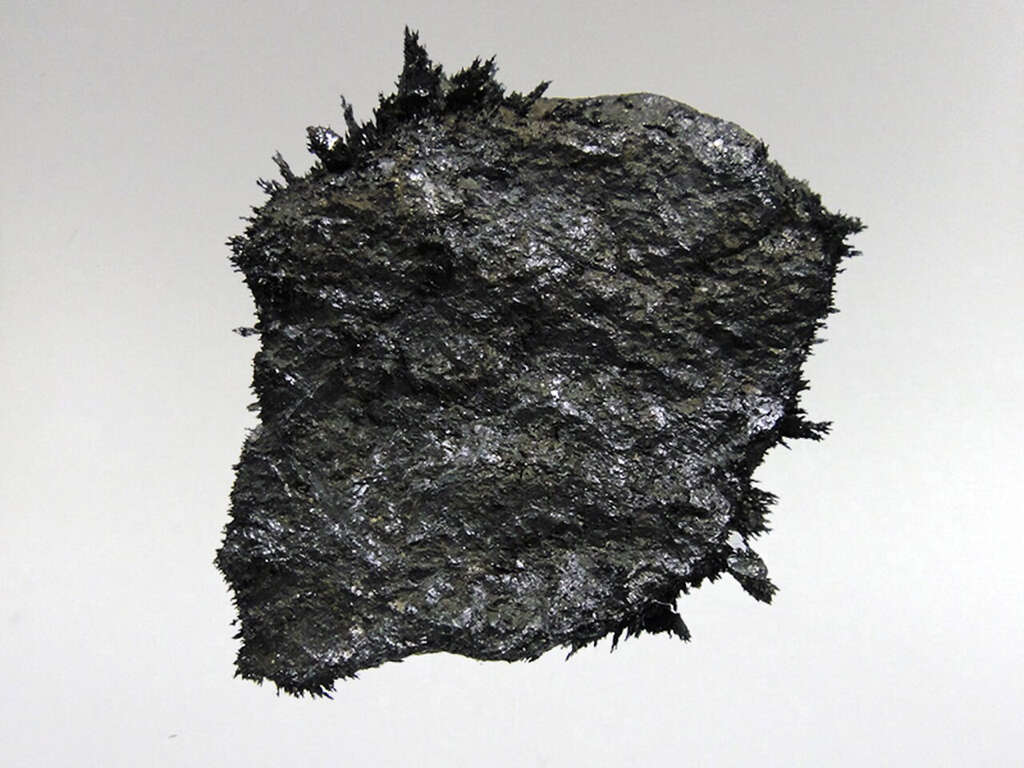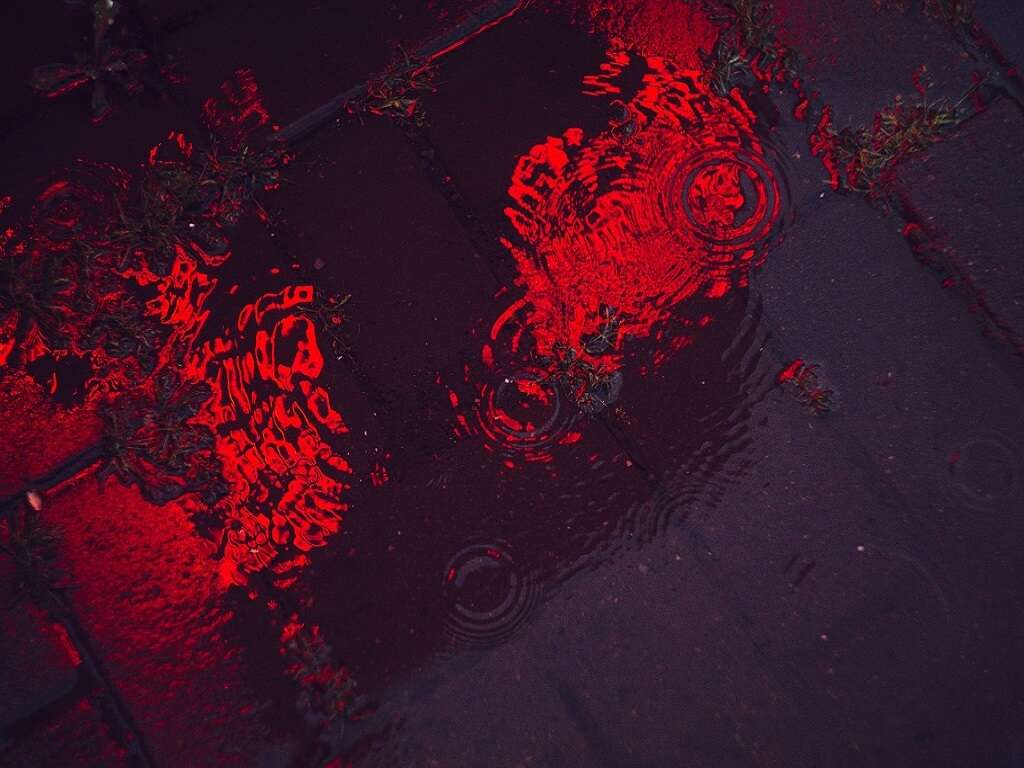What Is Hemoglobin?
Hemoglobin is a very important compound that all of us have flowing throughout our bodies. We have evolved to be dependent on it and, if our body was to somehow lose its hemoglobin then it would not be long before we die. The good news is that this is extremely unlikely to happen.
Hemoglobin is made naturally and there is always a fresh supply of it being produced. The ingredients needed to make hemoglobin are always in plentiful supply. Here’s a close look at what it is, where it comes from, and why it is so very important to us.
1. Red Blood Cells
Hemoglobin is a very important compound for us and it is found in our red blood cells. It is important because it enables our blood to carry oxygen to other parts of our body. Without it, our bodies would simply suffocate as it wouldn’t get the oxygen it needs. It is not only humans that have hemoglobin, many other animals use it as well and it is also used to allow red blood cells to carry oxygen in other species. These bloods cells, and the hemoglobin in them, are very important to us, which is one reason why losing too much blood is dangerous.
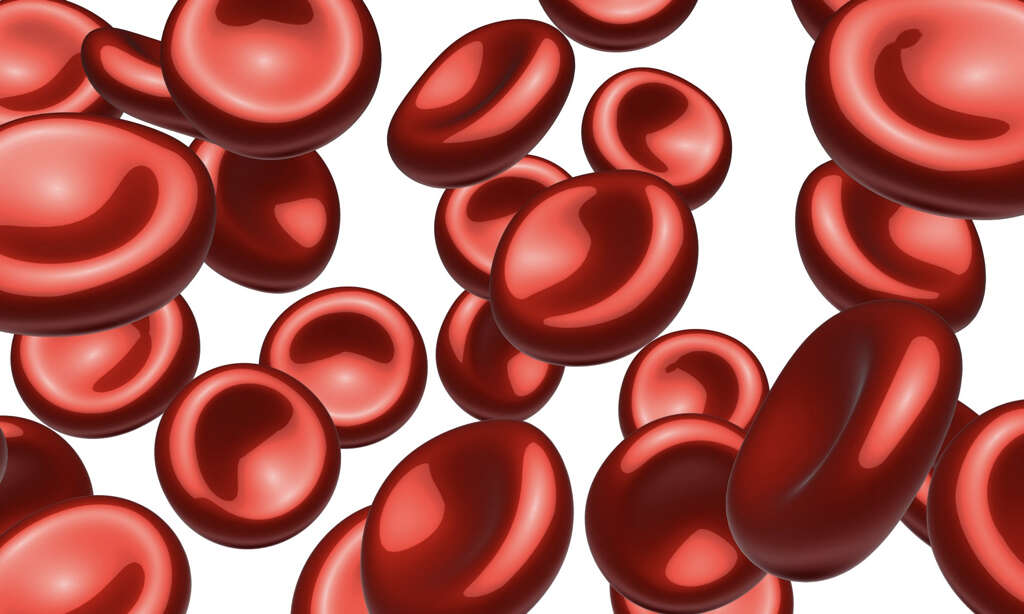
2. White Blood Cells
In addition to red blood cells are white blood cells, also known as leukocytes. These don’t carry hemoglobin but still make up a very important part of the blood because it helps to keep us safe. There are far fewer white blood cells in our blood than red blood cells, which is why the blood remains red. White blood cells are important because they help detect and attack any unwelcome intruders in the body.
If an intruder is found, then white blood cells will swarm to the area to deal with the problem. One weapon that white blood cells have is chemicals that attack intruders, and these chemicals are what make our joints ache when we are ill.
3. Where Is It Made
Bones are often thought of as little more than a frame that help to support our bodies. While it is true that our skeletons are used for support, they do also have some other uses. Our bones are actually living materials in themselves, and what is found inside some bones is essential for us.
On the insides of our largest bones is a substance known as bone marrow. Here, new cells are made, including our red blood cells. In people, bone marrow is found in the pelvis, sternum, vertebrae, and ribs. Healthy bone marrow will produce around 500 billion new blood cells every single day.
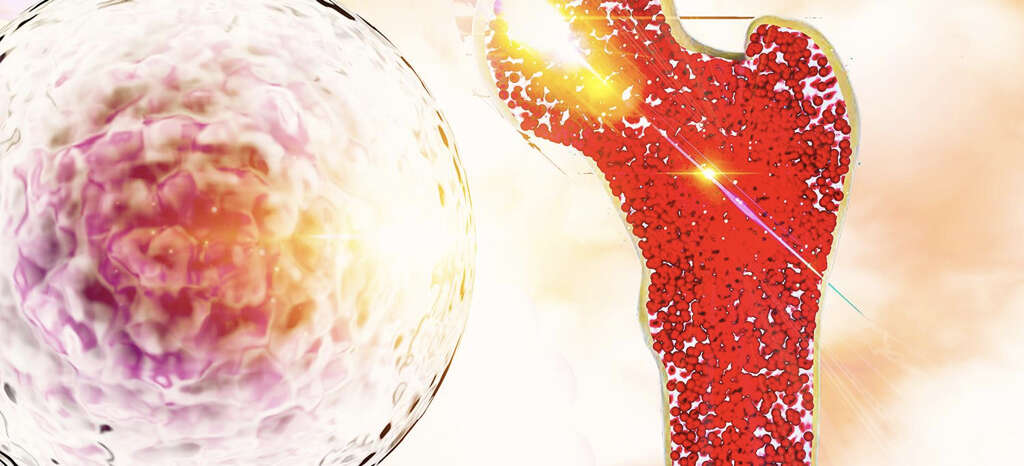
4. Breaking It Down
Our red blood cells have a life of around 120 days. When they do come to the end of their lives, they will need to be broken down so they can be removed from the body and replaced by fresh blood cells. When the red blood cells are broken down, so is the hemoglobin inside. Our red blood cells, and the hemoglobin, is broken down by our livers. This produces a yellow by-product known as bilirubin that is then broken down by the liver.
When somebody has liver problems that prevent this yellow substance being broken down, more of it is likely to appear in the blood than usual. This will cause us to take on a yellow tinge in a condition known as jaundice.
5. Iron
Our red blood cells are red because hemoglobin is red. Hemoglobin is red because it contains a metal that itself is red: iron. Iron has a high affinity with oxygen. What this basically means is that oxygen is more likely to stick to iron than it will to other elements around it. When hemoglobin does have oxygen molecules attached to it, it is known as oxyhemoglobin.
This means that iron is essential to us. Fortunately, it is a very common element in the food that we eat so getting what we need is not usually a problem. In instances where somebody needs to take on more iron, iron supplements should be just what they need.

6. The Lungs
We get the oxygen that we need through our lungs. Every time we take in a breath, we take in air which contains the oxygen that we need. This oxygen is absorbed through the lining of the lungs where it attached to iron in our hemoglobin so it can then be transported around the body.
Once the oxygen has been absorbed, our heart will then pump to force the oxygen-rich hemoglobin around the rest of the body. The flow of blood continues flowing so that it does a full circuit and arrives at the lungs where the cycle is then continued.
7. Blue Blood
People that are at the highest echelons of society, such as members of royal families, are often said to have blue blood. Of course, this is not true and their blood is the same color as ours, but there are some animals that genuinely do have blue blood.
Some animals, such as spiders and octopuses, use (blue) hemocyanin instead of hemoglobin. Some animals like some worms and some leeches have green blood thanks to the presence of chlorocruorin. There are even some animals with purple blood because their blood contains hemerythrin. Despite the different colors thanks to the presence of different minerals, these different colors of blood essentially do the same thing.
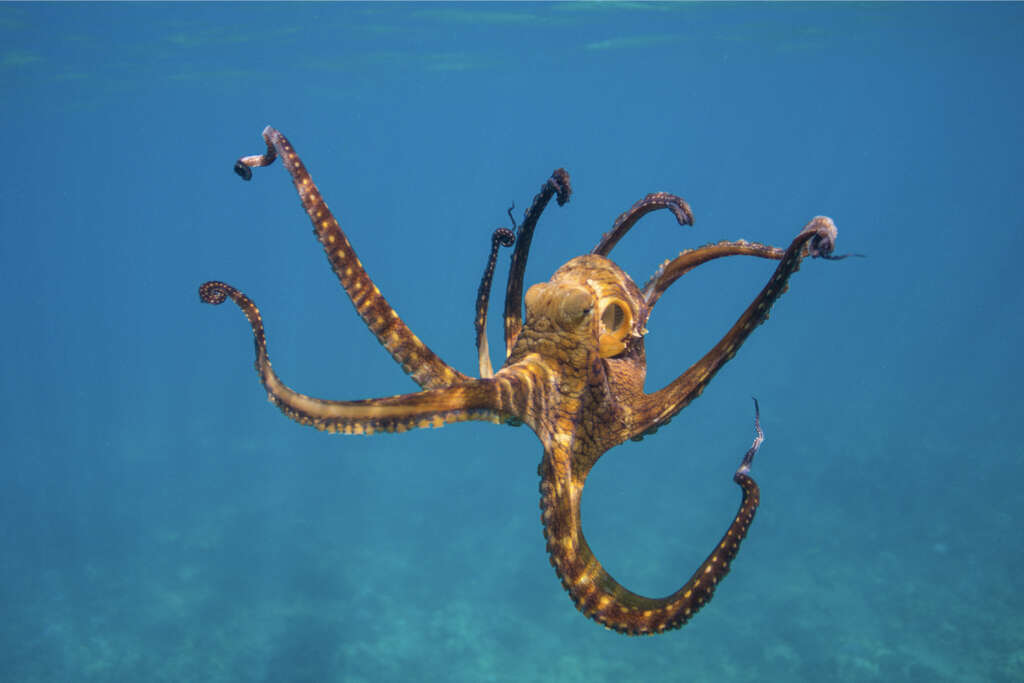
8. Anemia
The red color of our blood also helps to give our skin a pink/red color, depending on which pigments are also present in our skin. If we are paler than usual then it could well be because we are ill. One condition that can cause us to become pale is anemia. Anemia is a condition in which there is not enough hemoglobin in our body.
There are different reasons why this might occur, including excessive blood loss and not having enough iron in your diet. In the case of the latter, the patient will likely be prescribed iron supplements to help replenish the body with the iron that it needs.
9. High Hemoglobin
As important as hemoglobin is to us, it is possible that we can have too much hemoglobin in our blood. In addition to individual cells having more hemoglobin than usual, our blood can also have too many red blood cells in a condition known as polycythemia.
There are various reasons why these conditions might happen, including but not limited to: poor cardiovascular functioning, being at a high altitude, the use of certain medications, heavy exercise, and malfunctioning bone marrow. Symptoms include being short of breath, exhaustion, headaches, pain in the chest, pale skin, abnormal heartbeat, and cold hands and/or feet.
10. Sickle Cell Disease
Red blood cells are almost doughnut shape, but with a solid center and a depression on either side of the cell. This shape helps the cell to absorb oxygen. Sickle cell disease is a condition that affects the hemoglobin in the blood cell and this, in turn, affects the shape of the cell.
The condition causes the cells to take on a “sickle” shape. These cells don’t live for as long as normal cells do, and this results in too few cells in the blood overall. A lot of people with the condition will only experience very mild symptoms but the condition can be very serious for some people.
